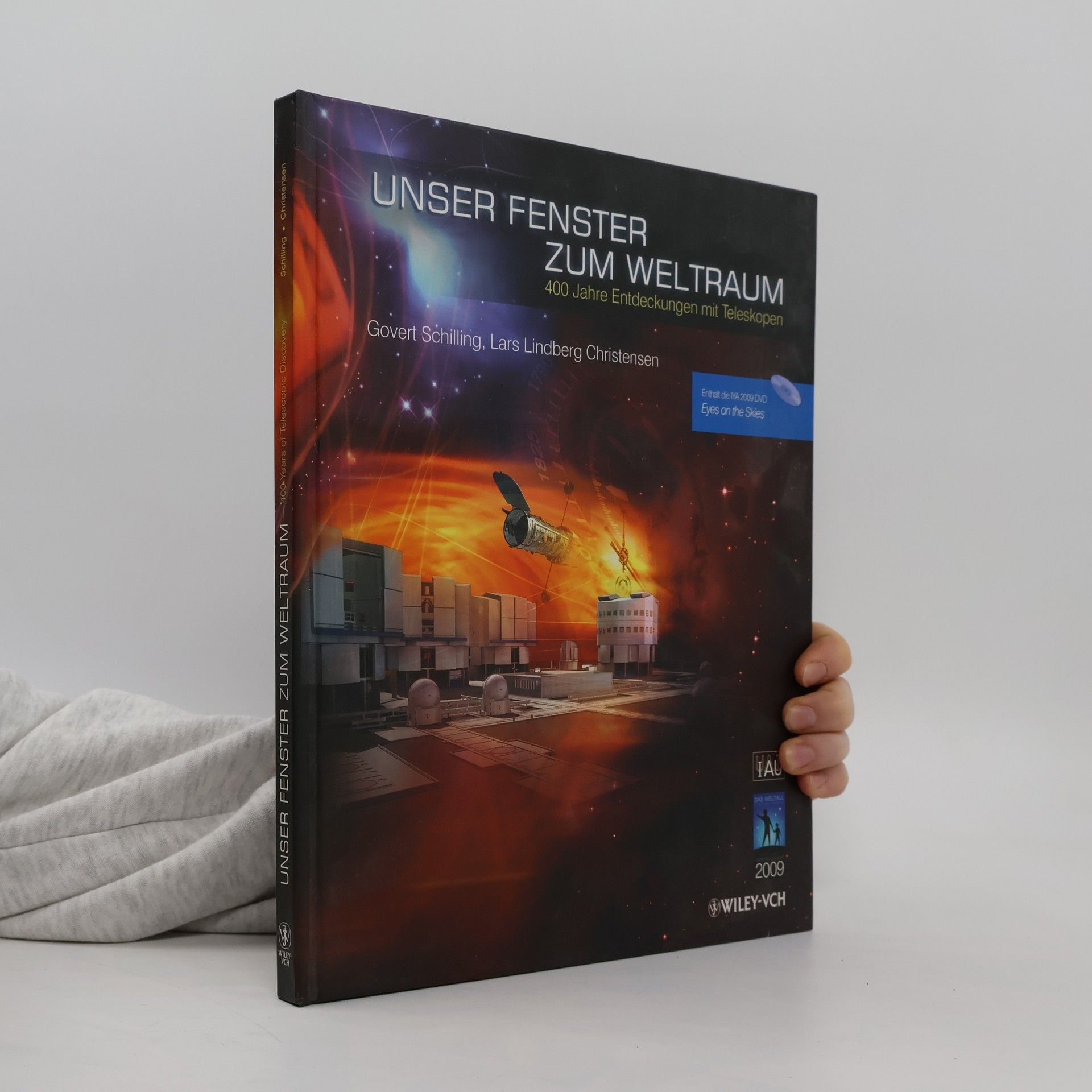Europe to the stars : ESO's first 50 years of exploring the southern sky
- 264 pages
- 10 hours of reading
"ESO's 50th anniversary. This sumptuously illustrated book contains the best 300 of ESO's images, hand-picked from a large collection of more than 100 000 images"--Publisher description.



